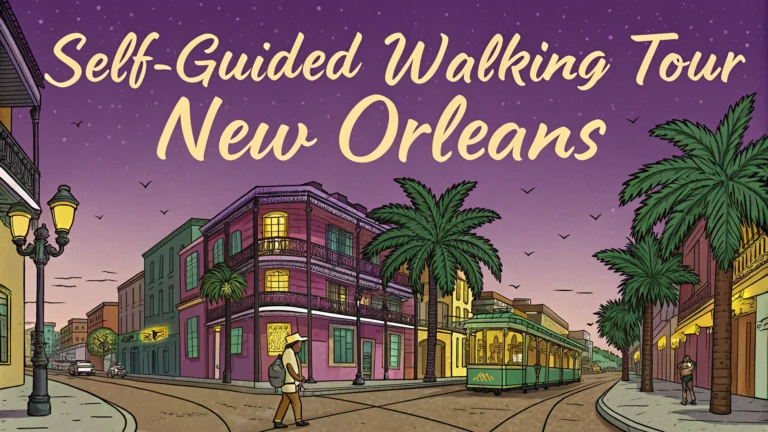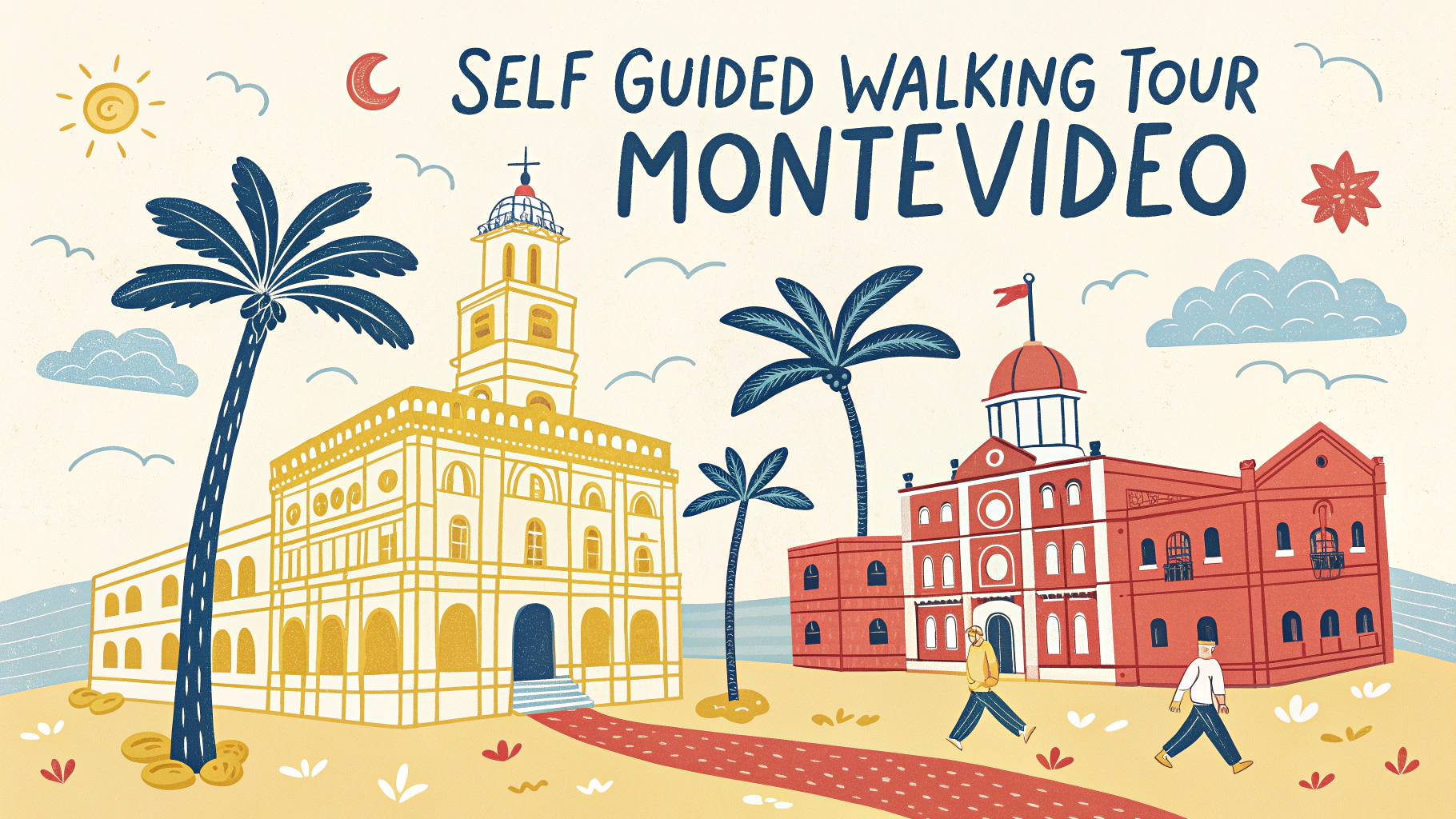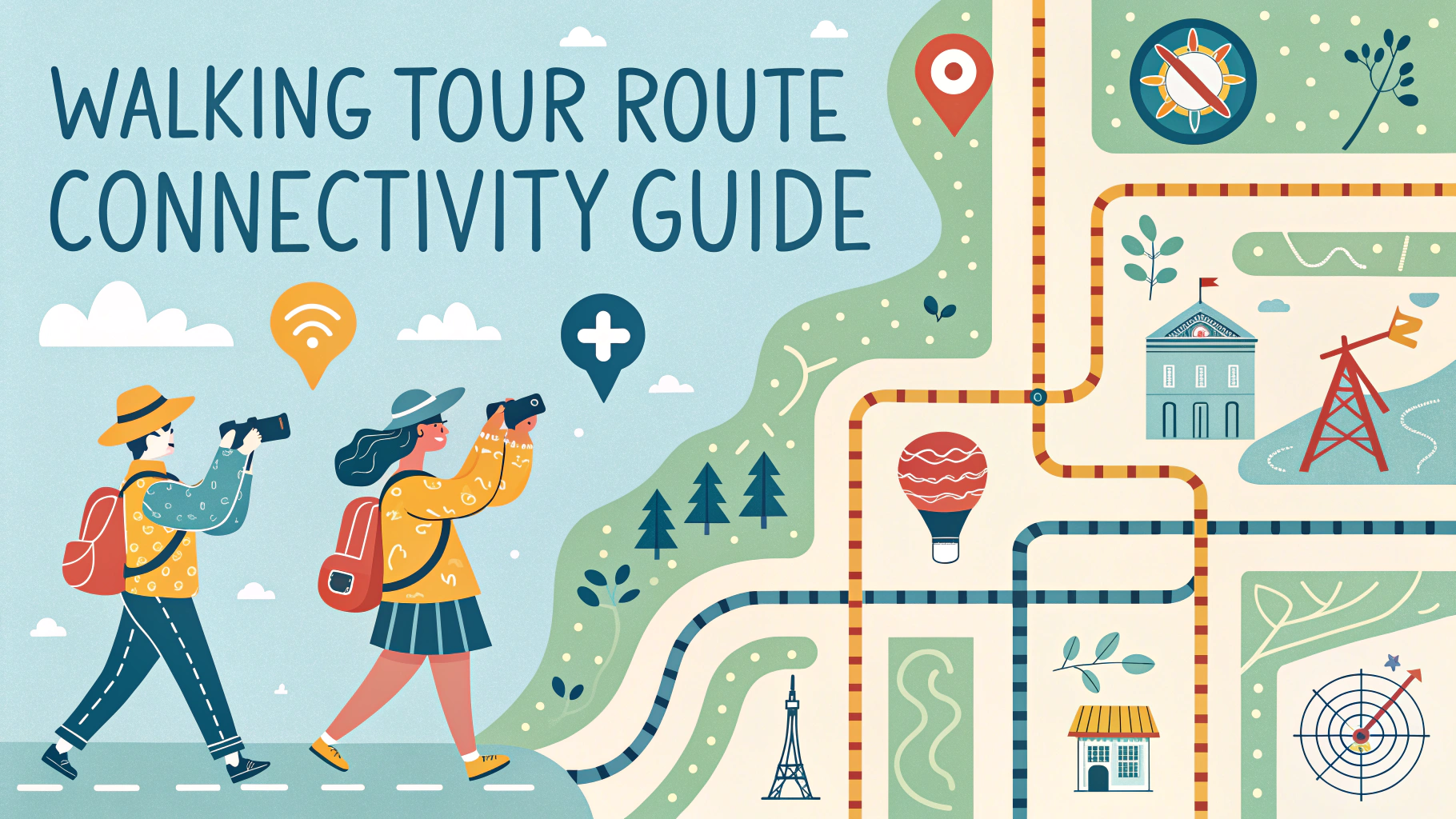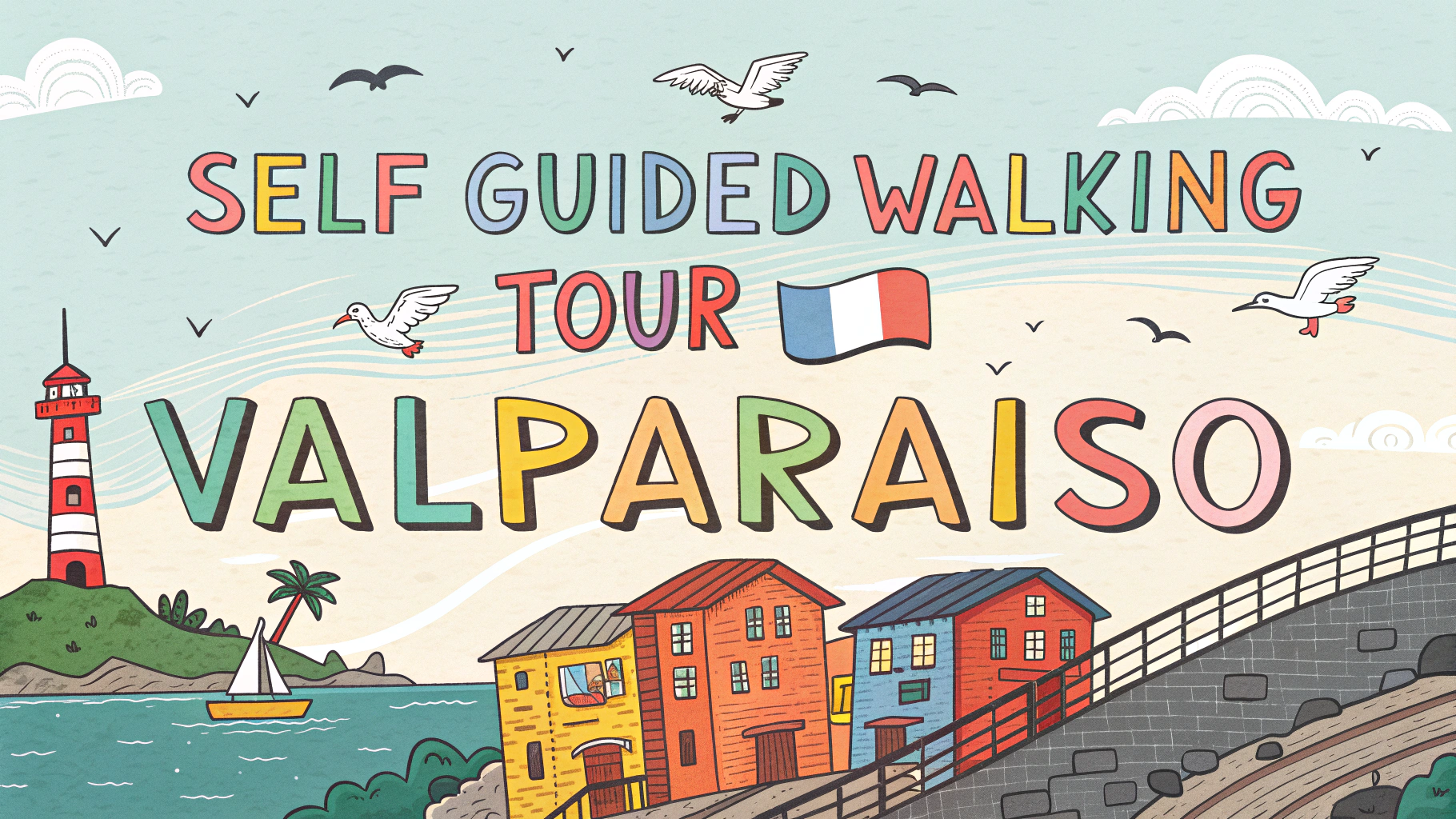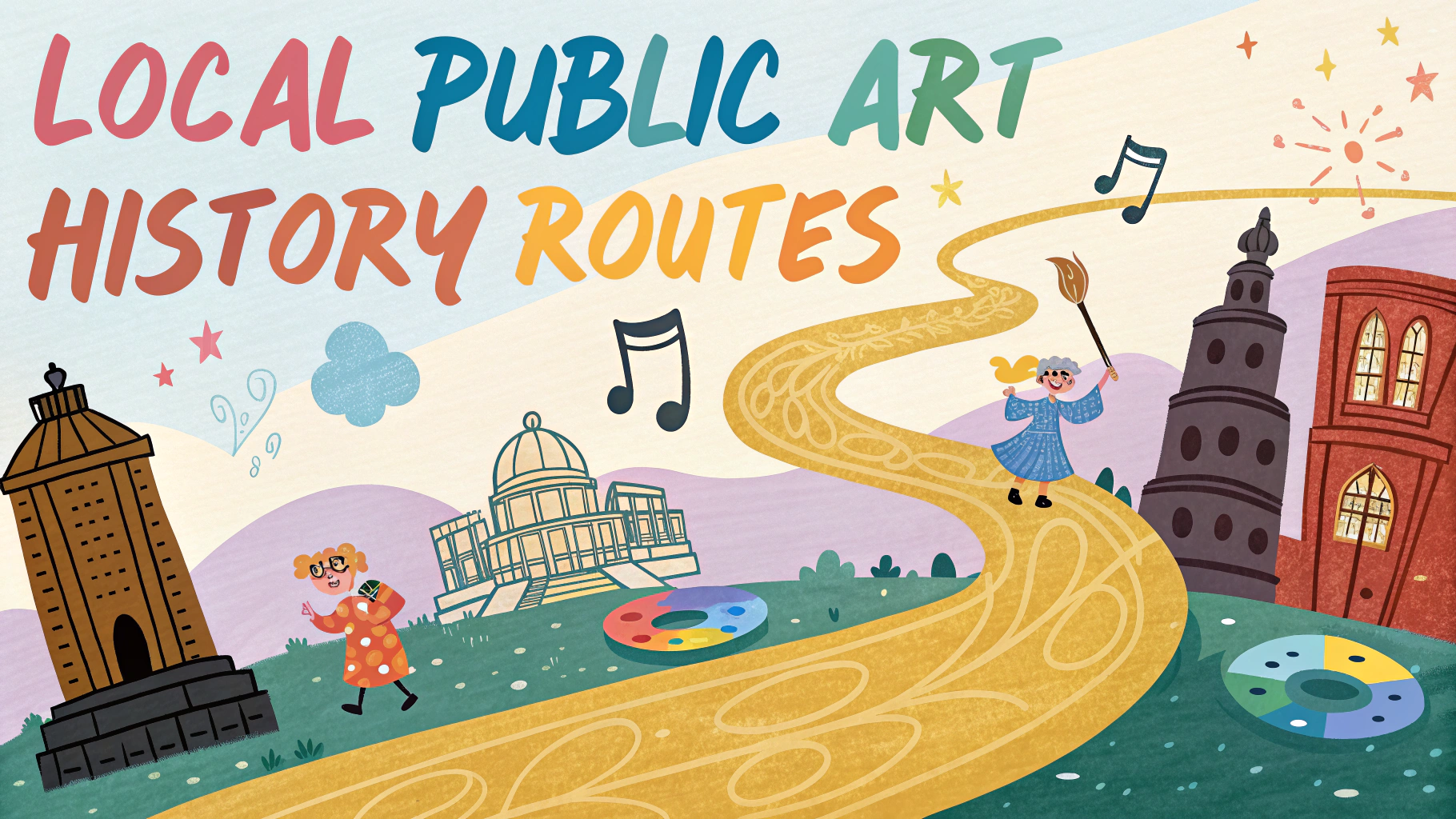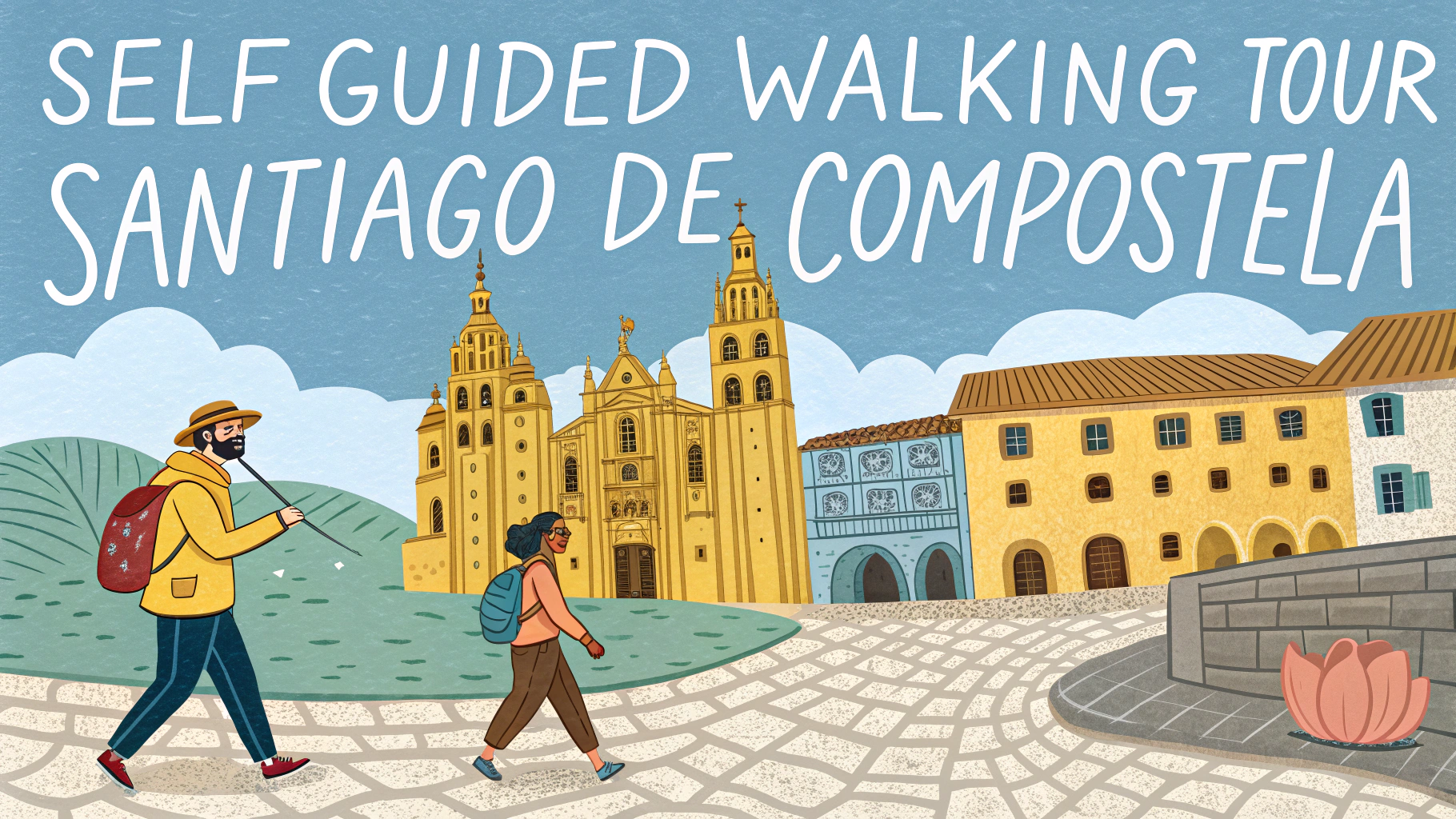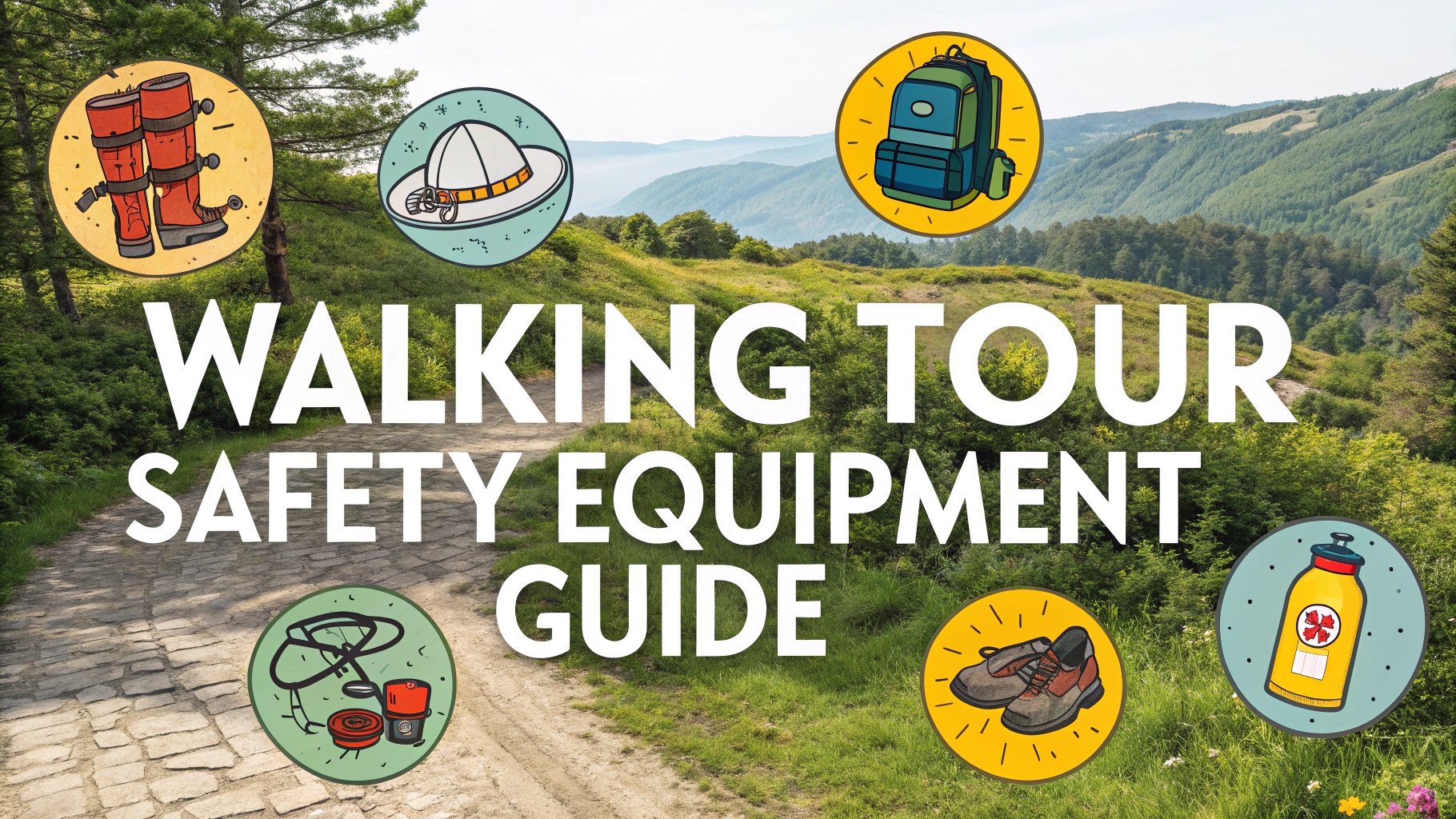New Orleans’ historic neighborhoods and vibrant culture make it perfect for self-guided walking tours.
French Quarter Essential Route
Start your walk at Jackson Square, the heart of the French Quarter and home to the iconic St. Louis Cathedral.
- Jackson Square → Royal Street (antique shops and galleries)
- Royal Street → Bourbon Street (entertainment district)
- Bourbon Street → French Market (local crafts and food)
Key Stops & Times
| Location | Time Needed |
|---|---|
| Jackson Square | 30 minutes |
| Royal Street | 1 hour |
| Bourbon Street | 45 minutes |
Garden District Route
Begin at Lafayette Cemetery No. 1 on Washington Avenue and Prytania Street.
- Prytania Street (historic mansions)
- Magazine Street (boutiques and cafes)
- Commander’s Palace (landmark restaurant)
Tips for Walking Tours
- Best Time: Early morning (8-10 AM) to avoid heat and crowds
- Water: Bring a refillable bottle – New Orleans gets hot
- Shoes: Wear comfortable walking shoes – streets can be uneven
- Safety: Stay in well-lit areas after dark
Free Walking Tour Apps
- New Orleans Walking Tour (iOS/Android)
- French Quarter Tour Guide
- Garden District Walking Guide
Download offline maps before starting your tour to save mobile data.
Historical Landmarks
- St. Louis Cathedral – 615 Pere Antoine Alley
- Preservation Hall – 726 St Peter Street
- Cabildo – 701 Chartres Street
- Lafayette Cemetery No. 1 – 1427 Washington Avenue
Rest Stops & Refreshments
- Café du Monde – 800 Decatur Street
- Napoleon House – 500 Chartres Street
- Pat O’Brien’s – 718 St Peter Street
Each walking route takes approximately 2-3 hours at a leisurely pace.
Photography Spots
- St. Louis Cathedral from Jackson Square
- Colorful houses on Royal Street
- Streetcars on St. Charles Avenue
- Garden District mansions
For emergencies, contact NOPD at (504) 821-2222 or the French Quarter Task Force at (504) 415-1730.
Cultural Experiences
- Street Musicians: Common along Royal Street and Jackson Square
- Art Galleries: Concentrated on Royal and Julia Streets
- Fortune Tellers: Found around Jackson Square edges
- Second Lines: Spontaneous parades, mostly on weekends
Weather Considerations
- Spring (Mar-May): Ideal walking weather, mild temperatures
- Summer (Jun-Aug): Very hot and humid, plan early walks
- Fall (Sep-Nov): Pleasant temperatures, less crowded
- Winter (Dec-Feb): Cool temperatures, perfect for midday walks
Alternative Transportation
- Streetcar ($1.25 per ride) – historic St. Charles line
- Pedicabs – available throughout French Quarter
- Bike rentals – multiple locations city-wide
Conclusion
New Orleans’ walking tours offer an intimate glimpse into the city’s rich history and culture. Whether exploring the French Quarter’s lively streets or the Garden District’s peaceful avenues, self-guided tours allow visitors to experience the city at their own pace. Remember to respect residential areas, stay hydrated, and follow local guidelines for a safe and enjoyable walking experience.
Additional Resources
- Visit New Orleans Official Website
- French Quarter Management District
- New Orleans Tourism Board
- Local Weather Updates
FAQs
- What are the best neighborhoods for self-guided walking tours in New Orleans?
The French Quarter, Garden District, Marigny, Bywater, and Tremé are the most popular neighborhoods for walking tours. The French Quarter offers historic architecture and famous landmarks, while the Garden District showcases stunning antebellum mansions and oak-lined streets. - How long should I plan for a self-guided walking tour in New Orleans?
Most neighborhood tours take 2-3 hours at a leisurely pace. The French Quarter tour typically requires 2-3 hours, Garden District about 2 hours, and Marigny/Bywater approximately 1.5 hours. - What’s the best time of year for walking tours in New Orleans?
October through April offers the most comfortable weather with lower humidity and temperatures. Summer months (June-September) can be extremely hot and humid with afternoon thunderstorms. - Are the walking areas safe in New Orleans?
Popular tourist areas are generally safe during daylight hours. It’s recommended to stick to well-traveled streets, avoid walking alone at night, and stay aware of your surroundings, particularly in less populated areas. - What historic sites should I include on my French Quarter walking tour?
Essential stops include Jackson Square, St. Louis Cathedral, Preservation Hall, Royal Street antique shops, Bourbon Street, the French Market, and the Mississippi River waterfront. - Do I need to make reservations for any attractions along the walking routes?
While most exterior attractions are freely accessible, some historic homes and museums require tickets or reservations, such as the Hermann-Grima House and Gallier House in the French Quarter. - What should I bring on a self-guided walking tour in New Orleans?
Bring comfortable walking shoes, water, a hat, sunscreen, and an umbrella or rain jacket. A detailed map or smartphone with GPS, and a camera are also recommended. - Are there any free walking tour apps or maps available for New Orleans?
Yes, several apps offer free walking tours, including the French Quarter Walking Tour app and the New Orleans Garden District Tour app. The city’s official tourism website also provides downloadable PDF maps. - What’s the best way to combine food stops with a walking tour?
Plan stops at famous eateries like Café du Monde for beignets, Central Grocery for muffulettas, or Willie Mae’s Scotch House for fried chicken. Many historic restaurants are located along popular walking routes. - How accessible are these walking tours for people with mobility issues?
Most areas have sidewalks and curb cuts, but some streets feature uneven cobblestones or brick surfaces. The French Quarter and CBD are generally flat, while other neighborhoods may have slight inclines.
